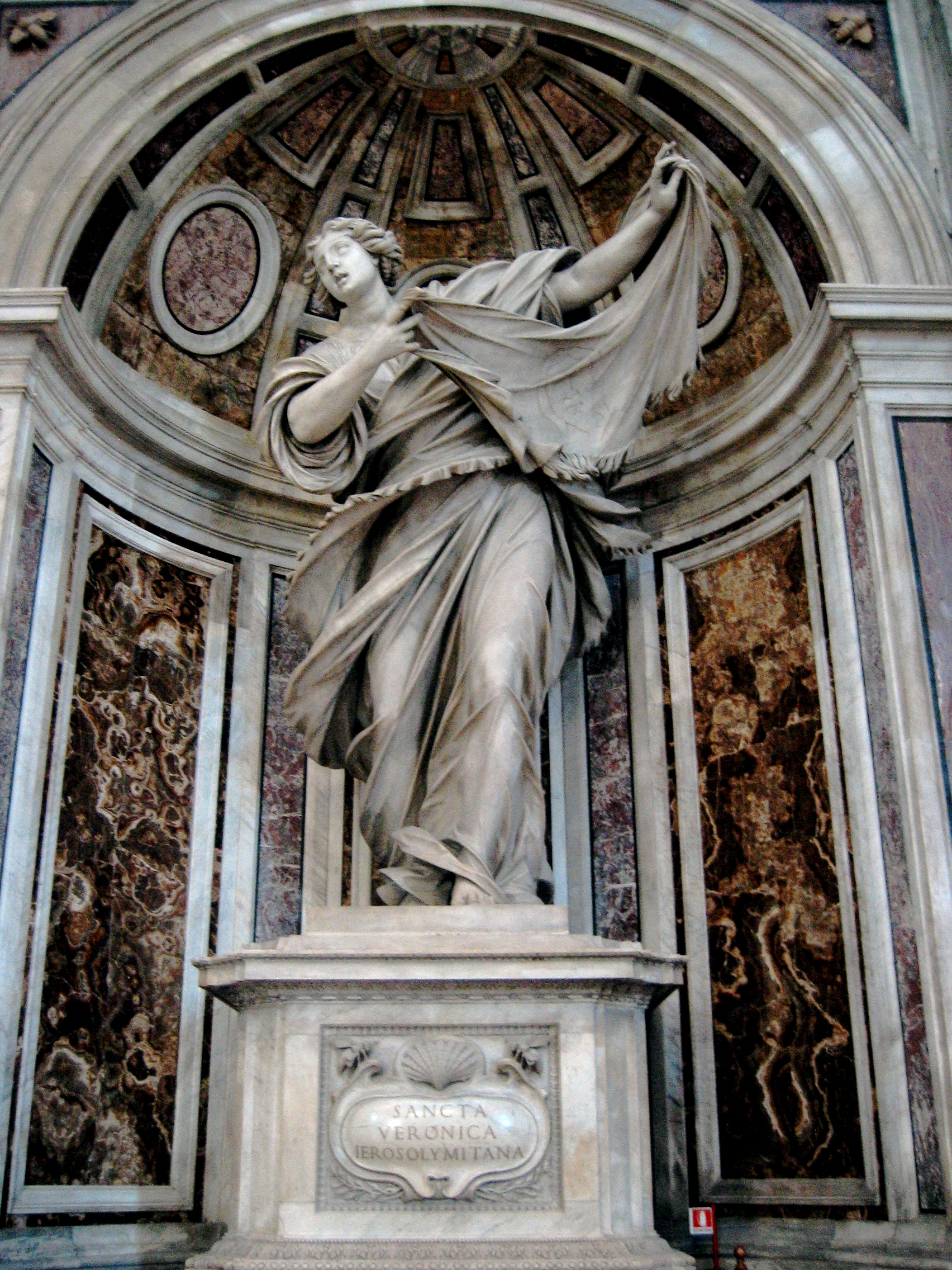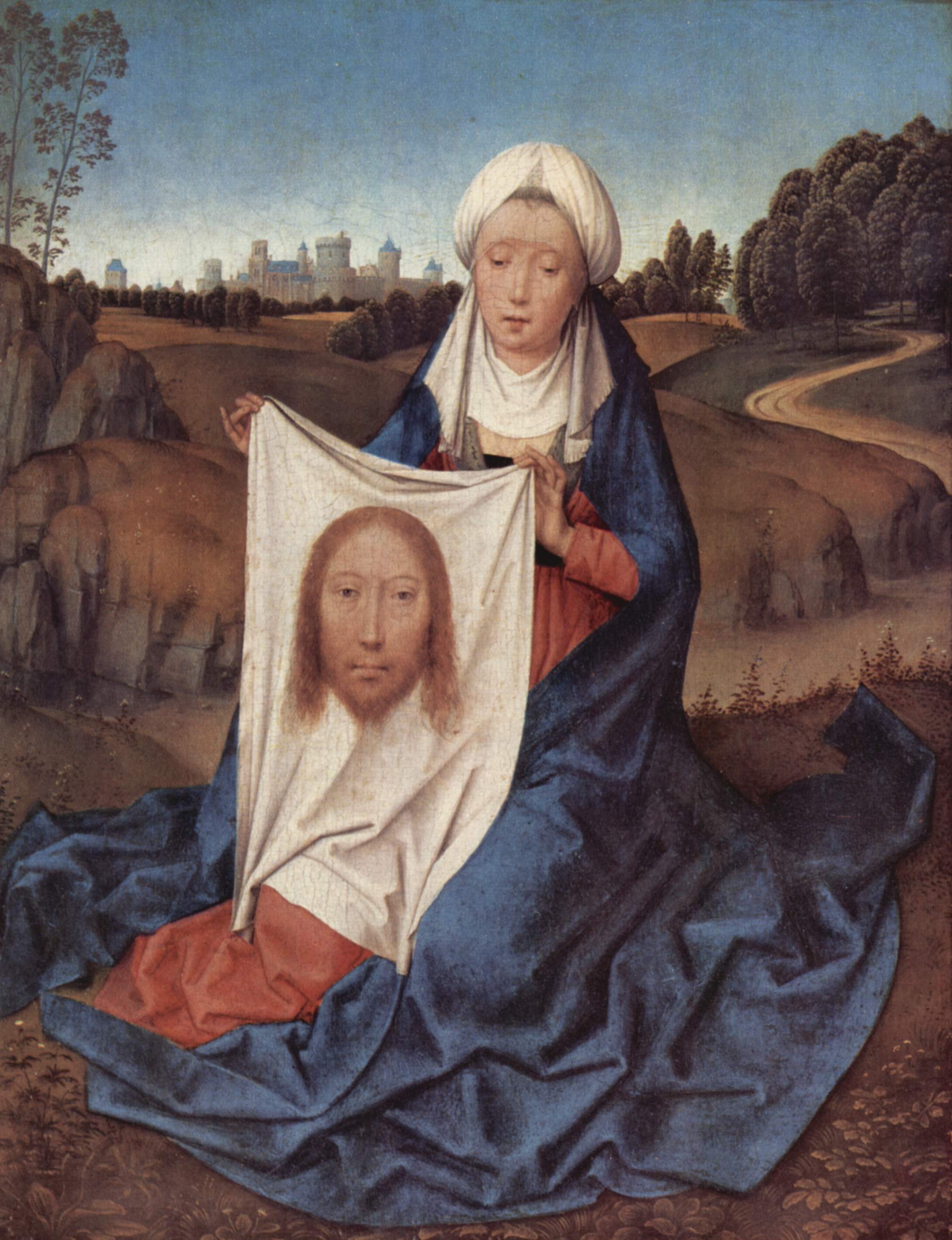|
Nacht Und Träume (play)
''Nacht und Träume'' (''Night and Dreams'') is the last television play written and directed by Samuel Beckett. It was written in English (mid-1982) for the German channel Süddeutscher Rundfunk, recorded in October 1982 and broadcast on 19 May 1983 where it attracted "an audience of two million viewers."Knowlson, J., ''Damned to Fame: The Life of Samuel Beckett'' (London: Bloomsbury, 1996), p 683 The mime artist Helfrid Foron played both parts. It was published by Faber in ''Collected Shorter Plays'' in 1984. Originally entitled ''Nachtstück'' (''Night Piece''), it is a wordless play, the only sound that of a male voice humming, then singing, from the last seven bars of Schubert’s lied '' Nacht und Träume'', words by Matthäus Casimir von Collin: "Holde Träume, kehret wieder!'" ("Sweet dreams, come back"). Schubert was a composer much loved by Beckett – "the composer who spoke most to him … whom he considered a friend in suffering" – and this lied was one of the au ... [...More Info...] [...Related Items...] OR: [Wikipedia] [Google] [Baidu] |
Samuel Beckett
Samuel Barclay Beckett (; 13 April 1906 – 22 December 1989) was an Irish novelist, dramatist, short story writer, theatre director, poet, and literary translator. His literary and theatrical work features bleak, impersonal and tragicomic experiences of life, often coupled with black comedy and nonsense. It became increasingly minimalist as his career progressed, involving more aesthetic and linguistic experimentation, with techniques of repetition and self-reference. He is considered one of the last modernist writers, and one of the key figures in what Martin Esslin called the Theatre of the Absurd. A resident of Paris for most of his adult life, Beckett wrote in both French and English. During the Second World War, Beckett was a member of the French Resistance group Gloria SMH (Réseau Gloria). Beckett was awarded the 1969 Nobel Prize in Literature "for his writing, which—in new forms for the novel and drama—in the destitution of modern man acquires its elevation". He ... [...More Info...] [...Related Items...] OR: [Wikipedia] [Google] [Baidu] |
Mary (mother Of Jesus)
Mary; arc, ܡܪܝܡ, translit=Mariam; ar, مريم, translit=Maryam; grc, Μαρία, translit=María; la, Maria; cop, Ⲙⲁⲣⲓⲁ, translit=Maria was a first-century Jewish woman of Nazareth, the wife of Joseph and the mother of Jesus. She is a central figure of Christianity, venerated under various titles such as virgin or queen, many of them mentioned in the Litany of Loreto. The Eastern and Oriental Orthodox, Church of the East, Catholic, Anglican, and Lutheran churches believe that Mary, as mother of Jesus, is the Mother of God. Other Protestant views on Mary vary, with some holding her to have considerably lesser status. The New Testament of the Bible provides the earliest documented references to Mary by name, mainly in the canonical Gospels. She is described as a young virgin who was chosen by God to conceive Jesus through the Holy Spirit. After giving birth to Jesus in Bethlehem, she raised him in the city of Nazareth in Galilee, and was in Jerusal ... [...More Info...] [...Related Items...] OR: [Wikipedia] [Google] [Baidu] |
1983 Plays
The year 1983 saw both the official beginning of the Internet and the first mobile cellular telephone call. Events January * January 1 – The migration of the ARPANET to TCP/IP is officially completed (this is considered to be the beginning of the true Internet). * January 24 – Twenty-five members of the Red Brigades are sentenced to life imprisonment for the 1978 murder of Italian politician Aldo Moro. * January 25 ** High-ranking Nazi war criminal Klaus Barbie is arrested in Bolivia. ** IRAS is launched from Vandenberg AFB, to conduct the world's first all-sky infrared survey from space. February * February 2 – Giovanni Vigliotto goes on trial on charges of polygamy involving 105 women. * February 3 – Prime Minister of Australia Malcolm Fraser is granted a double dissolution of both houses of parliament, for elections on March 5, 1983. As Fraser is being granted the dissolution, Bill Hayden resigns as leader of the Australian Labor Party, and in the subsequent lead ... [...More Info...] [...Related Items...] OR: [Wikipedia] [Google] [Baidu] |
Truth Value
In logic and mathematics, a truth value, sometimes called a logical value, is a value indicating the relation of a proposition to truth, which in classical logic has only two possible values (''true'' or '' false''). Computing In some programming languages, any expression can be evaluated in a context that expects a Boolean data type. Typically (though this varies by programming language) expressions like the number zero, the empty string, empty lists, and null evaluate to false, and strings with content (like "abc"), other numbers, and objects evaluate to true. Sometimes these classes of expressions are called "truthy" and "falsy" / "false". Classical logic In classical logic, with its intended semantics, the truth values are ''true'' (denoted by ''1'' or the verum ⊤), and '' untrue'' or '' false'' (denoted by ''0'' or the falsum ⊥); that is, classical logic is a two-valued logic. This set of two values is also called the Boolean domain. Corresponding semantics of l ... [...More Info...] [...Related Items...] OR: [Wikipedia] [Google] [Baidu] |
Film (film)
''Film'' is a 1965 short film written by Samuel Beckett, his only screenplay. It was commissioned by Barney Rosset of Grove Press. Writing began on 5 April 1963 with a first draft completed within four days. A second draft was produced by 22 May and a 40-leaf shooting script followed thereafter. It was filmed in New York City in July 1964. Beckett and Alan Schneider originally wanted Charlie Chaplin, Zero Mostel and Jack MacGowran, however they eventually did not get involved. Beckett then suggested Buster Keaton.Schneider, A., On Directing Samuel Beckett’s Film' Explains Schneider: "During a transatlantic call one day (as I remember) he shattered our desperation over the sudden casting crisis by calmly suggesting Buster Keaton." In print: Schneider, "On Directing ''Film''" (Grove, 1969), 67. James Karen, who was to have a small part in the film, also supported having Keaton.According to Karen, he had urged Schneider to consider the 68-year-old Keaton when MacGowran’s schedule ... [...More Info...] [...Related Items...] OR: [Wikipedia] [Google] [Baidu] |
George Berkeley
George Berkeley (; 12 March 168514 January 1753) – known as Bishop Berkeley (Bishop of Cloyne of the Anglican Church of Ireland) – was an Anglo-Irish philosopher whose primary achievement was the advancement of a theory he called "immaterialism" (later referred to as " subjective idealism" by others). This theory denies the existence of material substance and instead contends that familiar objects like tables and chairs are ideas perceived by the mind and, as a result, cannot exist without being perceived. Berkeley is also known for his critique of abstraction, an important premise in his argument for immaterialism. In 1709, Berkeley published his first major work, '' An Essay Towards a New Theory of Vision'', in which he discussed the limitations of human vision and advanced the theory that the proper objects of sight are not material objects, but light and colour. This foreshadowed his chief philosophical work, ''A Treatise Concerning the Principles of Human Knowledg ... [...More Info...] [...Related Items...] OR: [Wikipedia] [Google] [Baidu] |
Quad (play)
''Quad'' is a television play by Samuel Beckett, written and first produced and broadcast in 1981. It first appeared in print in 1984 (Faber and Faber) where the work is described as " piece for four players, light and percussion" and has also been called a "ballet for four people." It consists of four actors dressed in robes, hunched and silently walking around and diagonally across a square stage in fixed patterns, alternately entering and exiting. Each actor wears a distinct colored robe (white, red, blue, yellow), and is accompanied by a distinct percussion instrument (''leitmotif''). The actors walk in sync (except when entering or exiting), always on one of four rotationally symmetric paths (e.g., when one actor is at a corner, so are all others; when one actor crosses the stage, all do so together, etc.), and never touch – when walking around the stage, they move in the same direction, while when crossing the stage diagonally, where they would touch in the middle, they a ... [...More Info...] [...Related Items...] OR: [Wikipedia] [Google] [Baidu] |
Stations Of The Cross
The Stations of the Cross or the Way of the Cross, also known as the Way of Sorrows or the Via Crucis, refers to a series of images depicting Jesus Christ on the day of Crucifixion of Jesus, his crucifixion and accompanying prayers. The stations grew out of imitations of the Via Dolorosa in Jerusalem, which is a traditional processional route symbolising the actual path Jesus walked to Mount Calvary. The objective of the stations is to help the Christian faithful to make a spiritual Christian pilgrimage, pilgrimage through contemplation of the Passion (Christianity), Passion of Christ. It has become one of the most popular devotions and the stations can be found in many Western Christianity, Western Christian churches, including those in the Catholic Church, Roman Catholic, Lutheran, Anglican, and Methodist traditions. Commonly, a series of 14 images will be arranged in numbered order along a path, along which worshippers—individually or in a procession—move in order, stoppi ... [...More Info...] [...Related Items...] OR: [Wikipedia] [Google] [Baidu] |
Saint Veronica
Saint Veronica, also known as Berenike, was a woman from Jerusalem who lived in the 1st century AD, according to extra-biblical Christian sacred tradition. A celebrated saint in many pious Christian countries, the 17th-century ''Acta Sanctorum'' published by the Bollandists listed her feast under July 12, but the German Jesuit scholar Joseph Braun cited her commemoration in ''Festi Marianni'' on 13 January. According to Church tradition, Veronica was moved with sympathy seeing Jesus carrying the cross to Calvary and gave him her veil so that he could wipe his forehead. Jesus accepted the offer, and when he returned the veil the image of his face was miraculously captured on it. The resulting relic became known as the Veil of Veronica. The story of Veronica is celebrated in the sixth Station of the Cross in many Anglican, Catholic, and Western Orthodox churches.Vatican WebsitSixth Station/ref> Background There is no reference to the story of Veronica and her veil in the ... [...More Info...] [...Related Items...] OR: [Wikipedia] [Google] [Baidu] |
Veil Of Veronica
The Veil of Veronica, or (Latin for sweat-cloth), also known as the Vernicle and often called simply the Veronica, is a Christian relic consisting of a piece of cloth said to bear an image of the Holy Face of Jesus produced by other than human means (an '' acheiropoieton'', "made without hand"). Various existing images have been claimed to be the original relic, as well as early copies of it; representations of it are also known as vernicles. The story of the image's origin is related to the sixth Station of the Cross, wherein Saint Veronica, encountering Jesus along the Via Dolorosa to Calvary, wipes the blood and sweat from his face with her veil. According to some versions, St. Veronica later traveled to Rome to present the cloth to the Roman Emperor Tiberius. The veil has been said to quench thirst, cure blindness, and even raise the dead. The first written evidence of the story is from the Middle Ages, and during the 14th century, the veil became a central icon in the Wes ... [...More Info...] [...Related Items...] OR: [Wikipedia] [Google] [Baidu] |
Chalice (cup)
A chalice (from Latin 'mug', borrowed from Ancient Greek () 'cup') or goblet is a footed cup intended to hold a drink. In religious practice, a chalice is often used for drinking during a ceremony or may carry a certain symbolic meaning. Religious use Christian The ancient Roman ''calix'' was a drinking vessel consisting of a bowl fixed atop a stand, and was in common use at banquets. In Roman Catholicism, Eastern Orthodox Church, Oriental Orthodoxy, Anglicanism, Lutheranism and some other Christian denominations, a chalice is a standing cup used to hold sacramental wine during the Eucharist (also called the Lord's Supper or Holy Communion). Chalices are often made of precious metal, and they are sometimes richly enamelled and jewelled. The gold goblet was symbolic for family and tradition. Chalices have been used since the early church. Because of Jesus' command to his disciples to "Do this in remembrance of me." (), and Paul's account of the Eucharistic rit ... [...More Info...] [...Related Items...] OR: [Wikipedia] [Google] [Baidu] |
Angel
In various theistic religious traditions an angel is a supernatural spiritual being who serves God. Abrahamic religions often depict angels as benevolent celestial intermediaries between God (or Heaven) and humanity. Other roles include protectors and guides for humans, and servants of God. Abrahamic religions describe angelic hierarchies, which vary by religion and sect. Some angels have specific names (such as Gabriel or Michael) or titles (such as seraph or archangel). Those expelled from Heaven are called fallen angels, distinct from the heavenly host. Angels in art are usually shaped like humans of extraordinary beauty. They are often identified in Christian artwork with bird wings, halos, and divine light. Etymology The word ''angel'' arrives in modern English from Old English ''engel'' (with a hard ''g'') and the Old French ''angele''. Both of these derive from Late Latin ''angelus'', which in turn was borrowed from Late Greek ''angelos'' (literally "messenge ... [...More Info...] [...Related Items...] OR: [Wikipedia] [Google] [Baidu] |






